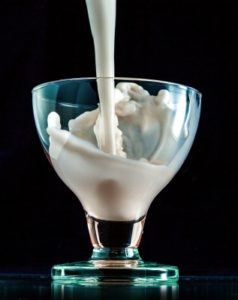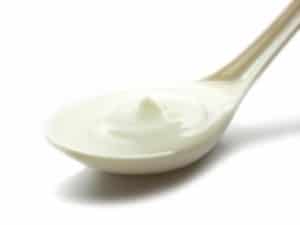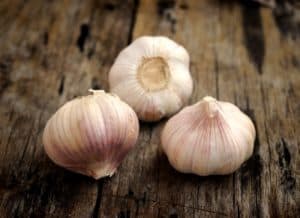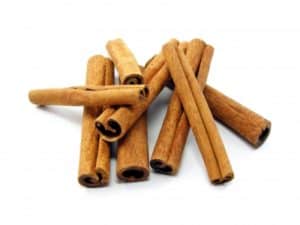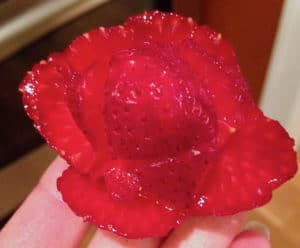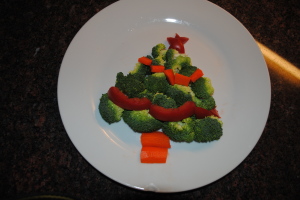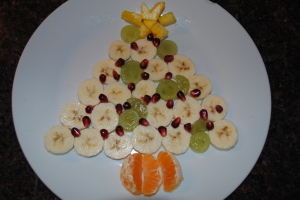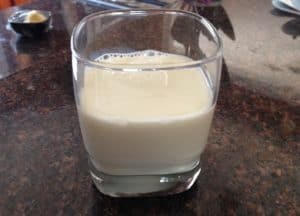
Raw milk, milk that hasn’t gone through the bacteria killing process of pasteurization, has gained popularity recently. People believe that it is healthier. But as a dietitian, I have always been scared of raw milk. Yes, scared. The bacteria it contains can cause an array of problems. Problems such as diarrhea, serious infection leading to hospitalization, miscarriages and even death. Just as with any bacteria or food-bourne pathogen, people with compromised immune systems are at greater risk. This includes children, older folks, and people with weak immune systems (as in those of us with auto-immune and/or gut problems).
Every day I get nutrition related news from around the world. Today I saw two articles about children that have died due to drinking raw milk.
From the CDC:
“A study published today in the Centers for Disease Control and Prevention’s Emerging Infectious Diseases Journal shows that the average annual number of outbreaks due to drinking raw (unpasteurized) milk more than quadrupled since the last similar study – from an average of three outbreaks per year during 1993-2006 to 13 per year during 2007-2012. Overall, there were 81 outbreaks in 26 states from 2007 to 2012. The outbreaks, which accounted for about 5 percent of all foodborne outbreaks with a known food source, sickened nearly 1,000 people and sent 73 to the hospital. More than 80 percent of the outbreaks occurred in states where selling raw milk was legal.”
For a more comprehensive review of the pros and cons of raw milk, check out the CDC’s page.

